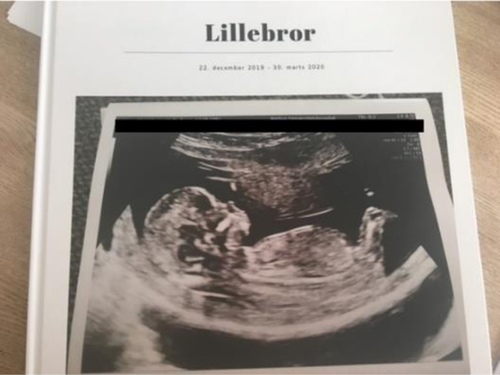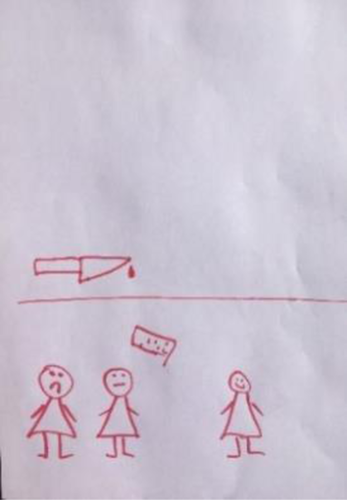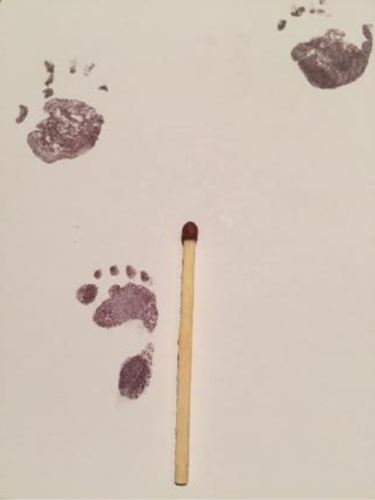Abstract
This article is based on an ethnographic study of pregnant couples’ embodied, emotional, and moral experiences of second‐trimester selective abortion in Denmark. Drawing on 16 selective abortion stories, I unpack the intense, often highly accelerated, days that follow from the moment a fetal aberration is detected to the moment of fetal disposal or burial. I show that although prenatal screening and diagnostics have come to occupy a routinized part of pregnancy in Denmark, when women and their partners opt for termination, they are faced with a series of bodily events and actions they are entirely unprepared for while at the same time feeling essentially alone in grappling with the moral confusion that ensues. I argue that despite widespread medico–legal sanctioning and social endorsement of selective abortion, the specificities of how such terminations are done in Denmark in ambiguous, and conflicted, ways situate women and their partners in a series of moral tensions around how to relate to the abortion, the dead fetus, their grief, and their entitlement to such mourning. By chronicling the core struggles that the process of termination catalyzes, I point to the social and moral ramifications of the embodied practices and medico–legal choreographing of selective abortion in Denmark. [selective abortion, moral tensions, embodied practices, responsibility, death]




